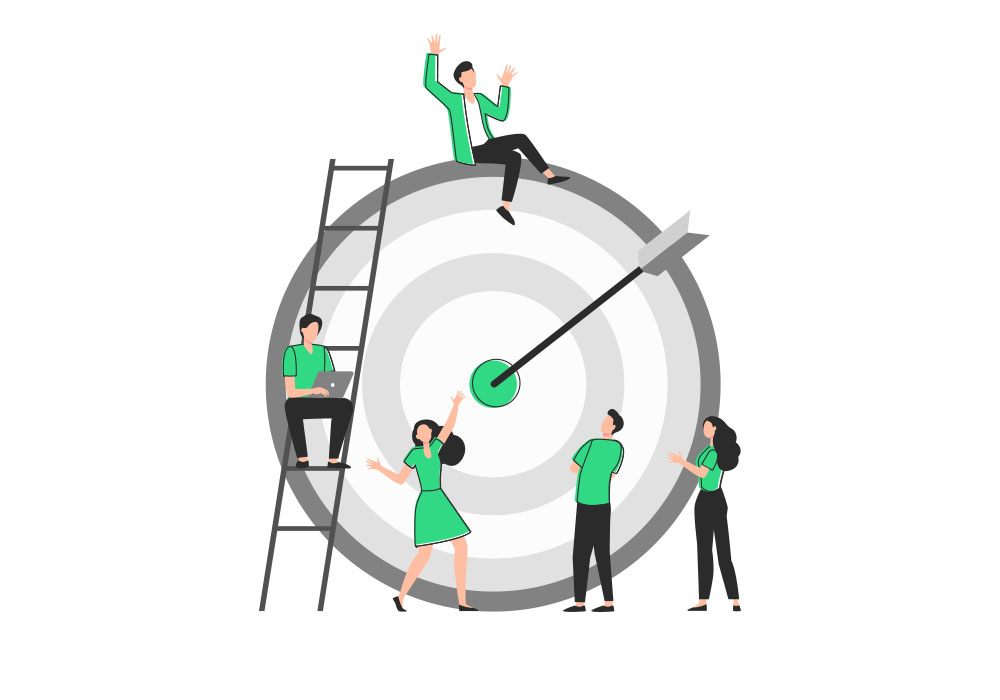Retargeting—also called remarketing—is the technique of returning to users who have already visited your website, blog, or social media profile. Simple at first glance, but a well-designed retargeting strategy can significantly boost your sales and leads.
Retargeting: A marketing technique used for people who have previously visited your website, used your app, or simply shown interest in your brand.
As users, we all experience retargeting. We search for a product, browse several websites, and leave the purchase for another day. The next day, as soon as we browse our favorite news site, we start seeing the products we viewed the day before everywhere—on the sports section, the business section, and even on a friend’s fashion blog. Our first reaction is probably “They’re everywhere! How annoying!” Then we think, “They’re storing my data!”, “They’re spying on me!”, “How do they know what I looked for?”
And if you’re an avid online shopper, you’ve likely discovered how easy it is to trigger a few tricks to make your favorite brand send you the discount you want. You were going to buy anyway—so if it can be cheaper, why not?
Doing retargeting without a clear strategy may get you a few extra sales, but it may also irritate users. As a company, our goal is to achieve the highest possible return on our investment, without overwhelming or annoying our potential customers—after all, without them, there is no business.
To run successful retargeting campaigns, there are two main keys:
- Know your users.
- Don’t be annoying.
Proper retargeting depending on the user’s stage
The first retargeting campaigns usually consist of creating a list of all website visitors and serving ads to them. The results may be good—it is easier to sell to someone who already knows us than to someone who has never seen us before. But is it the most efficient? Unless your website traffic is very low, it’s not.
The next step is to create lists based on the user’s value. Let’s say an online store has over 100k monthly visitors—it can design a very detailed retargeting strategy.
- Visitors of the homepage only. These users are almost as cold as new visitors—they landed on the website but didn’t do anything. What should the strategy be? Branding. Remind them who you are and why you might be relevant. In moderation!
- Visitors who browsed one or more categories. Now we know something about these users—we know the types of products they are interested in. Show them ads—preferably dynamic ones—of the categories they visited or similar ones. For example, someone browsing sandal categories may also be interested in peep-toe shoes. Or suggest a full outfit that matches what they viewed.
- Light converters. For example, those who subscribed to your newsletter or created a wishlist. These users are valuable—offer something in return. It doesn’t have to be a discount. A service-based business could offer a free intro call or a downloadable ebook. A store could offer samples or invite them to a showroom.
- Users about to purchase. The abandoned carts. The most common solution is automated email reminders, but you can also win them back with a discount or a low-stock alert.
- Customers. Finally! These users have already purchased. The first thought may be to exclude them from ads, but this is the perfect moment to delight and retain them. Numerous studies prove that retaining customers is cheaper than acquiring new ones.
To create accurate user lists and effective campaigns, it’s essential to have a strong measurement system that categorizes website visitors. If your e-commerce store has hundreds of products, using dynamic creatives—ads that automatically generate product combinations based on each user—is crucial to automate the retargeting process.
Why should we do retargeting?
- The average number of visits before a user makes a purchase is 9.5 times.
- 96% of users leave a website without purchasing.
- Retargeting allows us to personalize ads, which triples the chances of a user returning compared to non-personalized ads.
Retargeting greatly increases the probability of a user returning and completing a purchase.
Don’t be annoying: manage frequency
As mentioned earlier, we must avoid bombarding users with ads—it only creates rejection. We want to offer them what they’re looking for at the right moment, with the right message.
This is where frequency comes in. In most campaigns, we can monitor and control how many times our ads are shown to each user per day. A typical acceptable frequency is between 1 and 3 impressions per day, though each audience may require different levels.
Analyze your campaigns. If your frequency is 12, warning! This indicates a mismatch between budget and audience size. Consider redirecting budget to another campaign or expanding your audience so it becomes large enough for a remarketing campaign.
Do you already have your retargeting strategy defined? Don’t forget to optimize your website to improve conversion!



